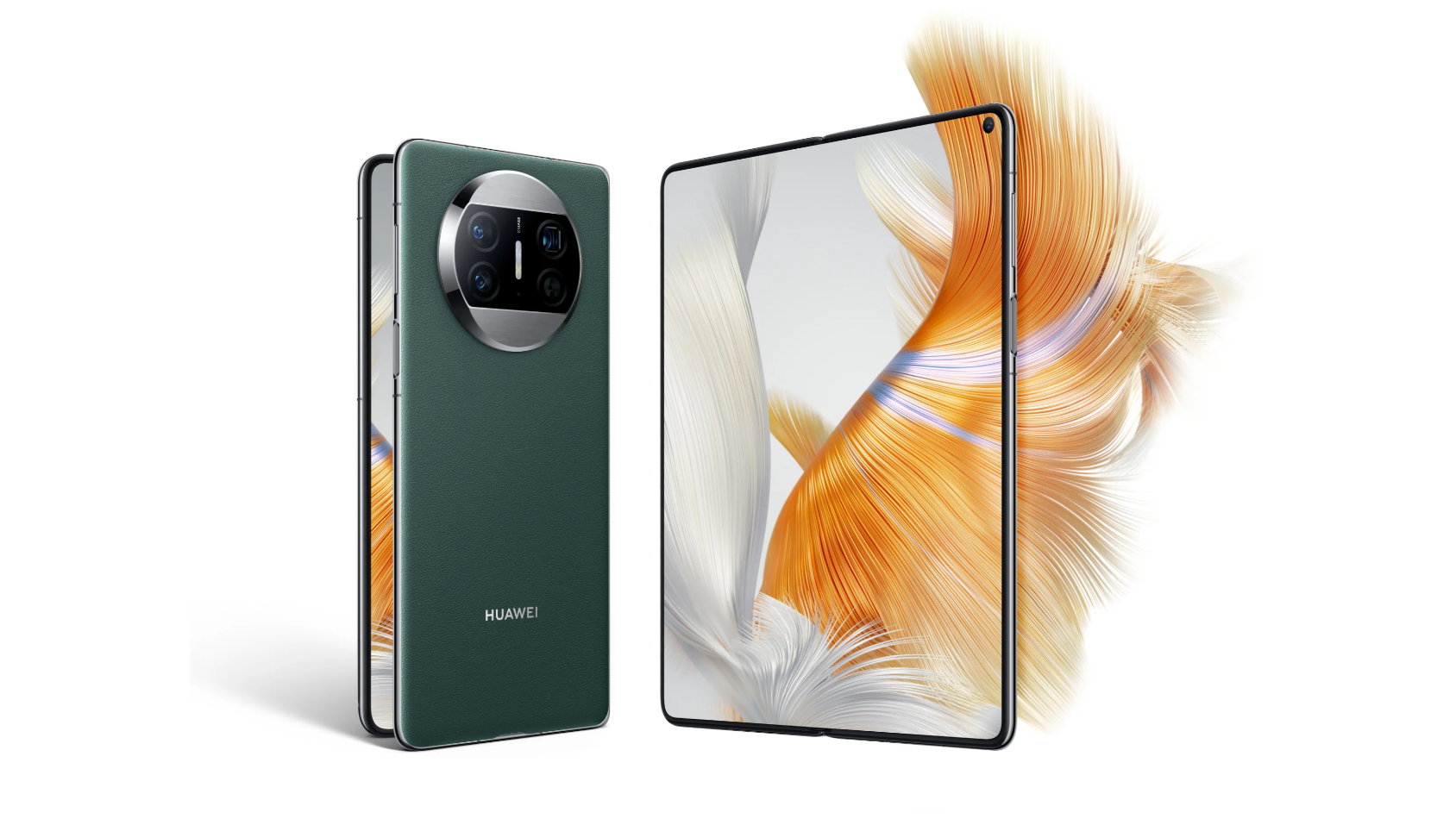
When it comes to the best foldable phones, many will think of models like the Samsung Galaxy Z Flip 4 and the Samsung Galaxy Z Fold 4. As some of the earliest commercially available foldable devices, the pair have a degree of heritage that many other brands can't compete with.
That hasn't stopped a few from trying though. In particular, vast swathes of flip phones have entered the market, looking to knock the Z Flip 4 off its perch. Models like the Motorola Razr play into decades of iconic flip phone status, while disruptors like the Oppo Find N2 Flip utilise a much lower price point to stand out.
The book-style foldable market has been less competitive, though. That's why news of the Huawei Mate X3 getting a European release is interesting. According to GSMArena, the device is coming at a launch event in Munich on the 9th of May.
In terms of specs, the Mate X3 is a real mixed bag. A triple-camera setup on the rear boasts a 50MP main sensor, a 13MP ultrawide and a 12MP telephoto lens. The battery is a sizable-by-foldable-standards 4,800mAh unit. There's marginally more screen real estate on offer too, with a 6.4-inch cover display and a 7.85-inch internal display when unfolded.
Perhaps most impressive of all is the IPX8 water resistance rating, which should enable the device to be used underwater. The classification itself tests devices submerged in 1.5 metres of water for 30 minutes.
Sadly, that's about the end of the good stuff, though. There's no 5G connectivity or Google apps – a by-product of the ban placed on the company by former US president Donald Trump. That also means that there's no Android 13 on-board, instead using Huawei's own proprietary operating system.
It does get a Snapdragon processor this time, using the 4G Snapdragon 8+ Gen 1. That's an older generation chipset, but it should still be more than capable of handling most tasks without breaking a sweat.
That rather bizarre spec sheet makes the Mate X3 an interesting proposition. Book-style foldable phones are normally ultra-premium handsets, with a price tag to match. But would anyone really pay top dollar for a phone with no 5G, a generation old processor and an unfamiliar operating system? Personally, I'm not convinced.
What this might do, however, is bring foldable phones to a lower price point. If Huawei are smart about this, and offer the handset at a really attractive price, they could attract swathes of users who have previously been priced out of owning a foldable device.
I'm willing to bet a lot more people who are aspiring to own a foldable phone, but can't on the grounds of cost, would be more forgiving of the quirks on the spec sheet.







